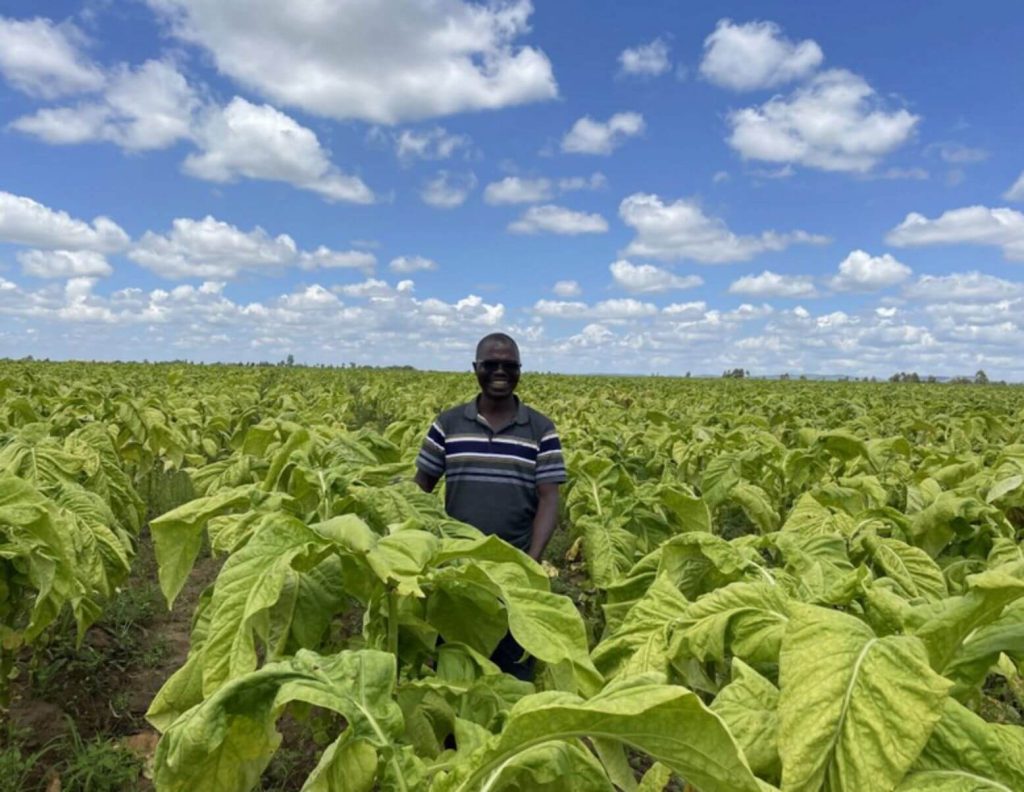
Tanzania’s landscape tells a story of lush green fields and skies mirrored in the still waters, with a gold treasure hidden amidst its fertile plains – the robust tobacco leaf.
Historical Overview
The story of tobacco cultivation in Tanzania is one of resilience and tradition. Tobacco farming was introduced in Tanzania during the German colonial era in the early 20th century, and it quickly became an integral part of the country’s agricultural landscape.
Importance of Tobacco Farming
Tobacco cultivation plays a vital role in the Tanzanian economy, providing livelihoods to hundreds of thousands of smallholder farmers and contributing significantly to the nation’s export revenue.
Tobacco Varieties
Tanzania is home to a wide range of tobacco types. Among them, flue-cured and air-cured varieties are prominent, offering a diverse palette of flavors and aromas for the global tobacco market.
Cultivation Techniques
Growing tobacco in Tanzania is an art form mastered by the local farmers. They know when to sow the seeds, how to nurture the young plants, and when it’s time to reap the fruits of their labor.
Harvesting and Processing
Post-harvest, the leaves are carefully dried, often using traditional sun-drying methods. Once the drying process is complete, the leaves are sorted, graded, and prepared for the market.
Common Challenges
Despite its economic importance, tobacco farming in Tanzania is not without challenges. From erratic weather conditions to access to quality seeds and farming inputs, tobacco farmers in Tanzania are constantly battling various obstacles.
Success Stories
Yet, amid these challenges, there are tales of success and triumph. Through collective bargaining, innovative farming techniques, and relentless determination, many tobacco farmers have managed to overcome these hurdles and flourish.
Export Markets
Tanzania exports its high-quality tobacco to countries across the globe, from the Americas to Asia. Its strong foothold in the global tobacco market is a testament to the quality of Tanzanian tobacco and the skill of its farmers.
Economic Impacts
The tobacco industry plays a significant role in Tanzania’s economy, contributing millions of dollars to the country’s GDP and creating thousands of jobs, both directly and indirectly.
Technological Advancements
The future of tobacco farming in Tanzania is brimming with potential. With advancements in agricultural technology and sustainable farming practices, the industry is poised for a revolution.
Sustainable Farming Methods
Sustainable farming is the way forward, and Tanzanian farmers are no strangers to it. By adopting eco-friendly cultivation practices, they’re paving the way for a greener and more sustainable tobacco industry.
Conclusion
In essence, the story of growing tobacco in Tanzania is one of perseverance, innovation, and hope. It’s a testament to the hard work and determination of Tanzanian farmers who, against all odds, continue to cultivate this golden leaf, contributing to the country’s economy and sustaining their communities.
Statistics:
According to the Food and Agriculture Organization (FAO) of the United Nations, Tanzania produced around 77,400 tons of tobacco leaf in 2019, making it one of the largest tobacco producers in Africa. In terms of export, around 85% of the tobacco produced in Tanzania is exported, with key markets in Europe and Asia (2).
FAQs:
1. Who are the major players in Tanzania’s tobacco industry?
The Tanzanian tobacco industry includes numerous smallholder farmers, regional cooperatives, and international tobacco companies like Japan Tobacco International and Alliance One.
2. What types of tobacco are grown in Tanzania?
The country primarily grows Flue-Cured Virginia, Oriental, Dark Air-Cured, and Sun-Cured tobacco.
3. Where is tobacco mainly grown in Tanzania?
Tobacco is mainly grown in the Tabora, Ruvuma, and Mbeya regions.
4. Why is tobacco farming important to Tanzania?
Tobacco farming is a significant contributor to Tanzania’s GDP and provides livelihoods for thousands of smallholder farmers.
5. How is tobacco cultivated in Tanzania?
Tobacco cultivation involves several stages, from seed sowing to nurturing young plants and harvesting mature leaves.
6. Is tobacco farming sustainable in Tanzania?
Farmers are increasingly adopting sustainable farming practices, but there are ongoing challenges related to climate change and resource use.
7. Can anyone start a tobacco farm in Tanzania?
While theoretically possible, starting a tobacco farm requires significant knowledge about cultivation techniques, access to quality seeds, and understanding of market dynamics.
8. Does tobacco farming impact other agricultural sectors in Tanzania?
Tobacco farming is labor-intensive and can sometimes compete with food crops for resources and labor.
9. Will the demand for Tanzanian tobacco continue to grow?
Given the quality of Tanzanian tobacco and the current global market dynamics, demand is expected to remain stable or grow, barring major shifts in global tobacco consumption trends.
10. What are the challenges faced by tobacco farmers in Tanzania?
Farmers face numerous challenges, including access to quality seeds, erratic weather conditions, and price fluctuations in the global market.
Books:
Although there are no books dedicated solely to growing tobacco in Tanzania, broader texts on African agriculture provide valuable context. Recommended titles include “Agriculture in Africa: Telling Myths from Facts” edited by Luc Christiaensen and “The Atlas of African Agriculture Research & Development” by the International Food Policy Research Institute (IFPRI).
Sources of information:
Useful Resources on Tanzanian Tobacco Farming
- Tanzania Tobacco Board: The governing body overseeing the tobacco industry in Tanzania.
- Food and Agriculture Organization (FAO): Provides key statistics on Tanzanian agriculture, including tobacco production.
Citations:
Authoritative Sources on Tanzanian Tobacco Farming
- Tanzania Tobacco Board. (2021). “Tanzania Tobacco Industry Overview.”
- Food and Agriculture Organization of the United Nations. (2019). “Tanzania Tobacco Production Statistics.”